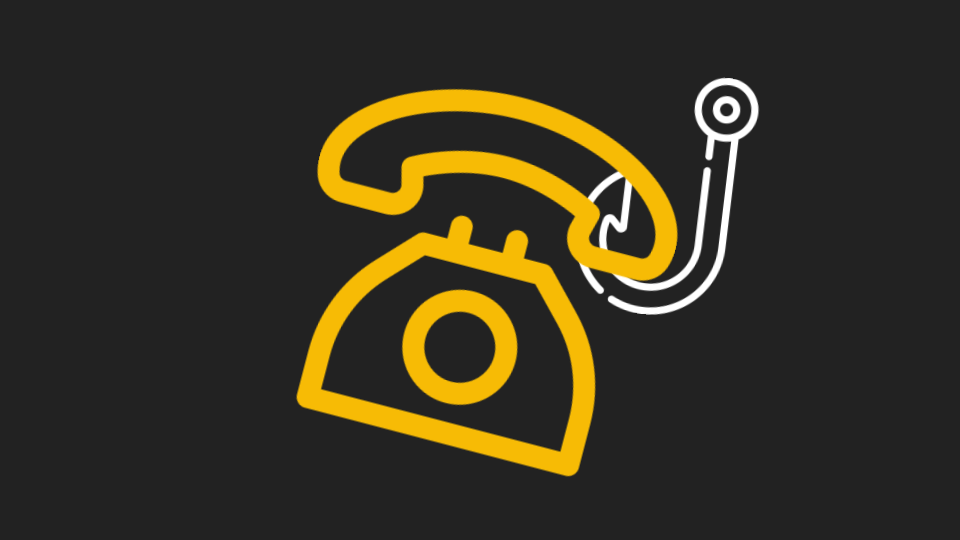A new report found that OneDrive represents 30% of all cloud malware downloads. That's significantly higher than most other cloud apps. This represents a nearly three-fold increase over last year.
Here are some other cloud-based offenders:
-SharePoint: 7.2%
-Gmail: 4%
-Box: 3.6%
-Google Drive: 2.8%
This is the second year in a row that OneDrive has been the worst offender for hosting malware.
Hackers use these legitimate apps to upload and disseminate malware because anyone can create an account on these sites.
Scanning these sites is critical. When a malicious file is uploaded to OneDrive, Drive, SharePoint, ShareFile, Box, and Dropbox, we scan it and if it's malicious, we'll quarantine it.
We also have Data Leak Prevention to protect sensitive information, as well as user behavior anomaly detection, identifying suspicious logins and compromised accounts.
Additionally, we also have Content Disarm & Reconstruction for incoming files.
CDR works by removing any executable content, making the file safe for the recipient. It protects the end-user from zero-day threats and does so instantly.
CDR breaks down files into their discrete components, strips away anything that doesn't conform to that file type's original specification, and rebuilds a "clean" version that continues on to the intended destination. This real-time process removes zero-day malware and exploits while avoiding the negative business productivity impact that is typically caused by sandbox detonation and quarantine delays.
According to Gartner, CDR is one of the essential items of any email security solution.
Malware being sent through files is rapidly increasing. If you are not protecting these often mission-critical apps where business is done, then you are increasing your risk for major attacks.






